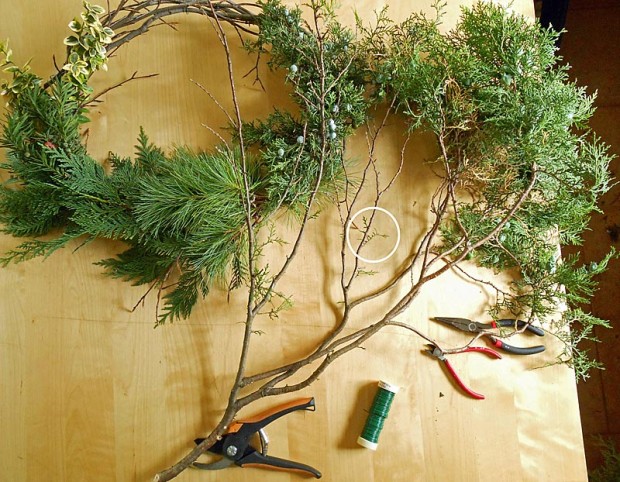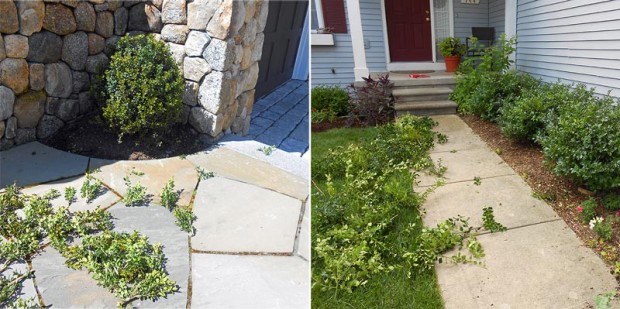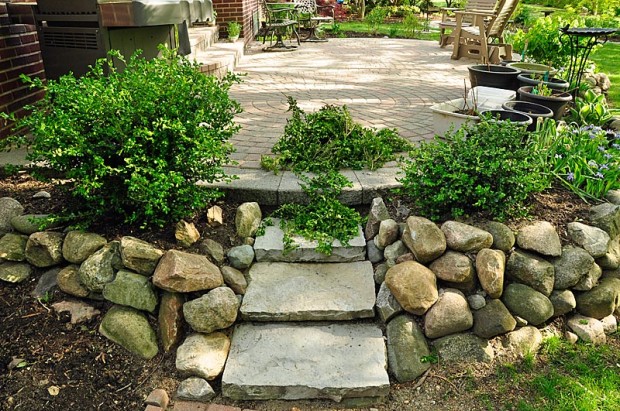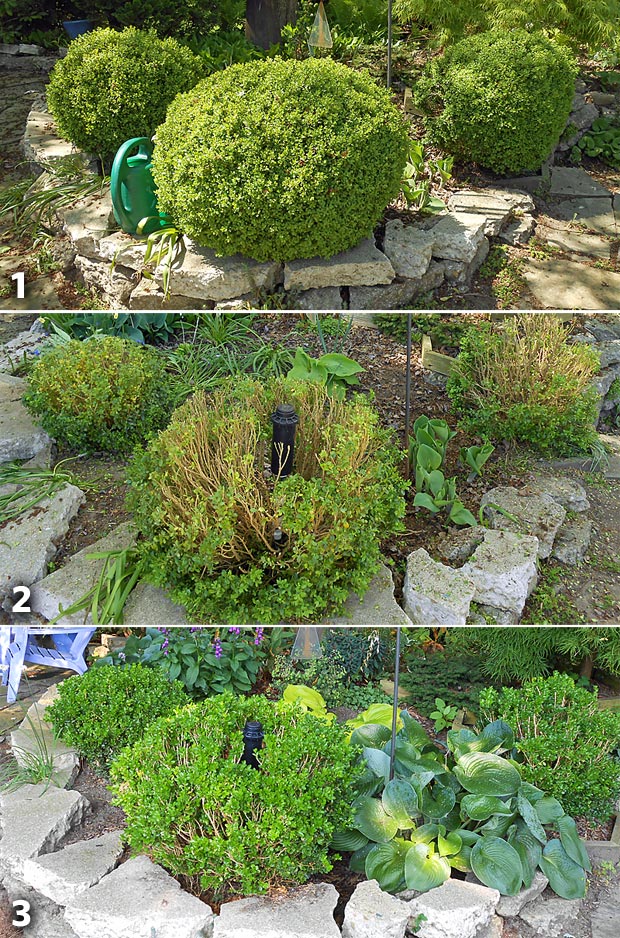Can I overwinter boxwoods in plastic pots (about 5-gallon size)? I’m not sure what variety they are. Or should I plant them in the ground even though it is November?
Any small ornamental evergreen or conifer in a container needs special treatment to overwinter a zone 5 winter (-20 degrees). If you have the space, you can bury the entire container in the ground and mulch leaves and compost over the base to protect it from freeze and thaw. If the location is subject to winds, a wind barrier of burlap or fabric to protect the leaves and needles is essential to avoid desiccation. You can also surround them with a staked chicken wire cage and fill the space with fall leaves. This also protects against sunscald. If no ground space is available, then place the boxwood containers in a sheltered area, cluster them together for protection, and place a windbreak around them for added protection from desiccation. Once the soil is frozen, the shrubs can’t take up moisture through their root systems to replenish what is lost in their leaves. You can also use an anti-desiccant spray on the foliage to further prevent moisture loss.
Once ground soil shows signs of thawing, night temperatures remain above freezing, and you see signs of spring growth on other plants, then you can remove the heavy winter protection. Give them a few weeks to acclimate and day temperatures to warm before moving them from their sheltered location.
Related: Overwintering Sweet Potato Tubers




